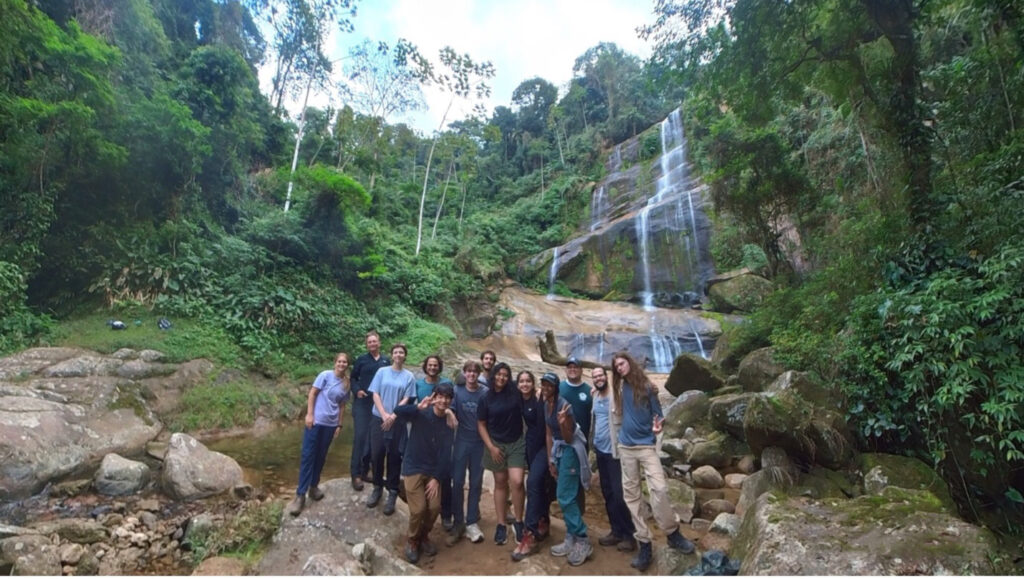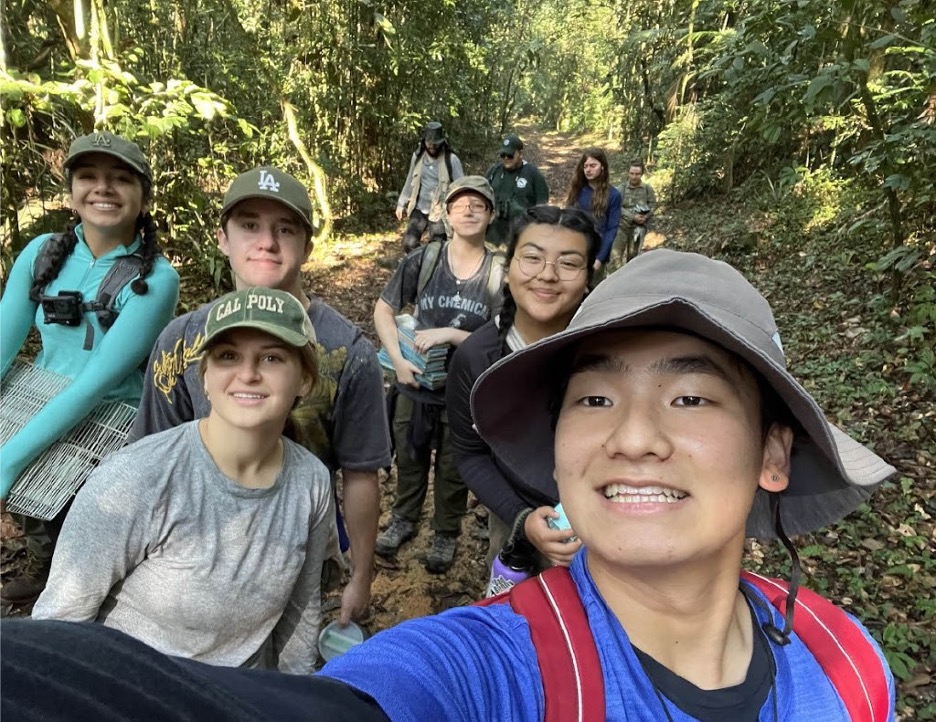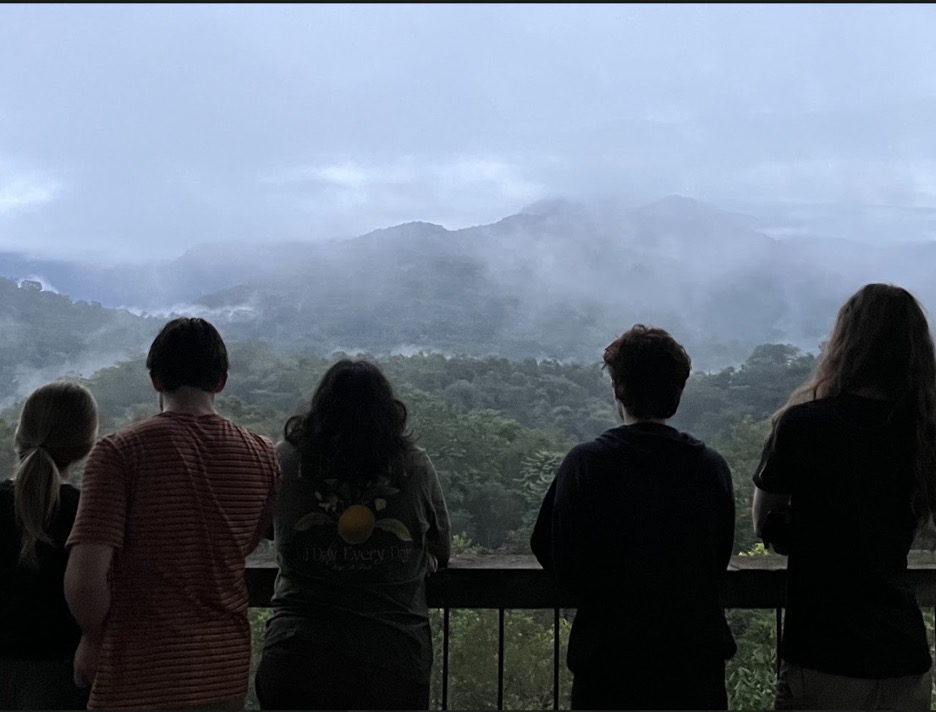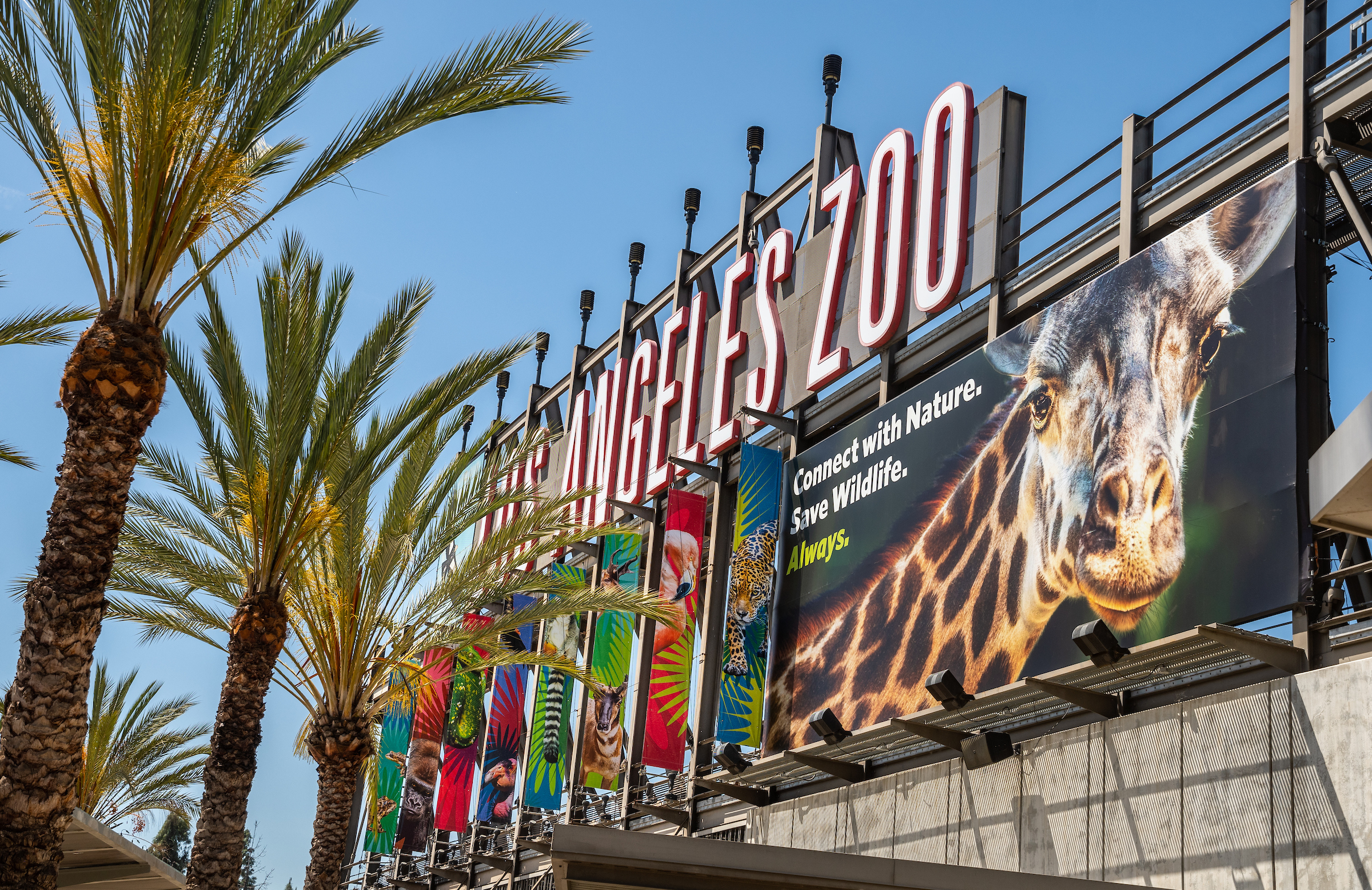
By Leah J. Silva
The opportunity to apply to the Duttenhaver Conservation Field Program was given to me through my high school. I had learned this program allowed students to participate in environmental conservation studies around the world, and in 2024 they were sending students to Brazil. The scientific question being studied: Are animals reinhabiting reforested areas?
When I was accepted to the program, I was in complete disbelief. The scientific question is what drove my imagination to all the possibilities of what we could do or discover at Reserva Ecológica de Guapiaçu (REGUA), the reserve. I was most excited about the wildlife that we would be able to encounter and what kind of data would be collected. I imagined working early mornings and long nights and walking up trails until we were covered with mud, to uncover an array of wild animals.
My experience wasn’t too different from what I Imagined. In Brazil we tracked animal populations by using animal traps and camera traps. Our team documented the weight of each animal, the sex, and if it was matured or not. We also aided the nursery by plucking weeds from saplings and filling pots with soil.
On the first full day at Reserva Ecológica de Guapiaçu (REGUA), we woke up at 6:15 a.m. and had a morning walk to catch the sunrise over the lake and mountains. We ate breakfast, then left for the hiking trails where we set up animal traps. Before heading back, we were allowed to explore the nearby river.

Once we returned, we ate lunch. Four friends and I went on a walk in our free time and encountered a giant black snake crossing our path. As we continued walking, we spotted a capybara in the lake swimming towards the shore, and we ran to go meet it on the other side. It was amazing. It was my first time seeing a capybara in person, and we all stared in quiet amazement, not wanting it to run off. It had dark brown fur that was glossy from the water, and it had a leaf on its head.
We were all called back at 2:30 p.m. so we could make bait to plant in our traps. Afterwards we drove off to the hiking trails and learned how to bait our traps. We were on the way back by sunset and ate dinner. REGUA welcomed us by treating us with the national Brazilian drink and an amazing lime pie.
Our team ended the night by gathering in the boys’ cabin to play cards and relax. We finished all of our nights like this. We would argue over who actually knew the rules of checkers or if we could play poker with our very limited packs of fruit gummies. Each night ended with laughter and a good hand of cards.
Every day was an adventure. The team would check the animal traps and, if needed, tag opossum ears (to track them). In our time there we caught seven opossums and encountered a mountain tapir with its young, along with puma tracks and marmosets. After our dinners, we had debriefings and presentations about the history of REGUA and the progress it has made. The view from a nearby watchtower showed the forest that was rebuilt by the scientists at REGUA. It was inspiring to see what this conservation center accomplished and to know our team aided in a part of their work.

On our rest day, we hiked five miles to a gigantic waterfall. Hiking through the forest was enchanting: the floor was damp, the air was humid, and our path wove through giant trees. Once we got to the waterfall, we explored every inch we could and took plenty of photos.
Every day was filled with questions and discoveries, making it the most enriching time of my life. Since our trip, I was able to present our experiences to Linda Duttenhaver, our sponsor, and dine with everyone who was able to make this amazing trip possible. I would do anything to have an experience like this again.

